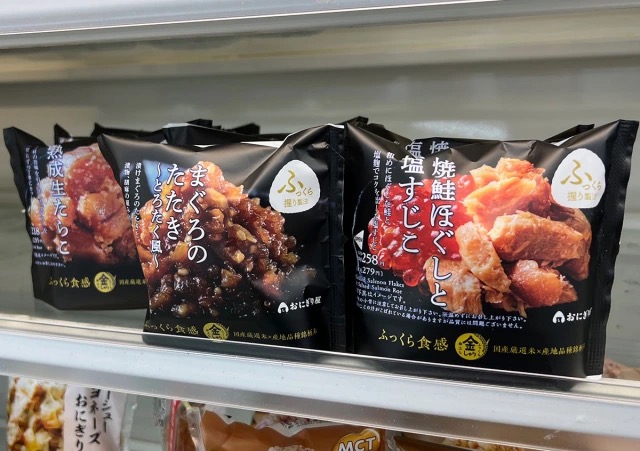
We settle a konbini debate once and for all!
Onigiri rice balls are a standard product at a lot of convenience stores throughout Japan, and while they’re good for filling your stomach on a budget, sometimes you might want to treat yourself to a rice ball that’s a little more luxurious.
In those cases, you’ll want to reach for a high-end rice ball instead. While these varieties cost a little higher than your regular offering, at 200-300 yen (US$1.41-$2.12), you’ll be able to spot them as the packaging looks significantly high-class, with a refined look that puts them in a different category to cheaper rice balls.
Recently, we’d heard that these rice balls are worth the extra investment, as they’re said to contain a lot of ingredients. We were keen to investigate this theory, so we purchased a high-class rice ball from each of the nation’s top convenience store chains and squared them up against some of the cheaper varieties.
So lets get right to it and find out how they stack up against each other, starting with the first face-off, between….
▼ Lawson’s Grilled Salmon Skirt Steak (279 yen) vs. Lawson’s Aged sockeye salmon (167 yen).
As you can see, the more expensive rice ball on the left has a large image and text advertising the ingredients, while the cheaper variety is far more subdued in its appeal.
▼ Taking them both out of their packaging, it was initially difficult to make any decision between the two…
▼…but after judging them from the side, we could see that the high-end rice ball was plumper, with a significantly greater height than the other.
Still, it was uncertain which one contained more ingredients, so we placed them on the scales to get a weight measurement.
▼ The classier rice ball was about 30 grams (1 ounce) heavier.
That was a significant difference, so we pulled them apart in order to compare the weight of the fillings.
The classy onigiri contained a piece of salmon fillet, while the cheaper one contained salmon flakes. At a glance, it looked like the fillet would be heavier, but when we got them on the scales, the result was far more surprising than we thought, as it was nine grams heavier.
That worked out to be almost three times more salmon at less than twice the price, making the more expensive variety good value for money. Now we were keen to find out how the two other chains would fare against the mighty rice ball.
▼ Next up, we have Family Mart’s Broiled Silver Salmon Harami (258 yen) vs. Family Mart’s Salmon (150 yen).
This time, both onigiri appeared to be markedly more similar, with a more even amount of seaweed, but would there be a significant weight difference?
▼ Yep!
This time there was seven grams between them, but when we weighed up the fillings, the expensive variety contained 11 grams more!
This was an even greater difference than Lawson, so we were keen to find out how 7-Eleven would fare.
▼ 7-Eleven’s Charcoal-grilled Sockeye Salmon Fillet (248.40 yen) vs. 7-Eleven’s Red Salmon (189 yen)
This one was particularly surprising, as the more expensive variety didn’t even have a seaweed wrapping around it.
▼ Then, on the scales, there was hardly any difference in weight between them.
▼ After digging out the fillings, however…
▼ …we discovered am 11-gram difference between them!
In the end, the expensive rice ball with the most fillings came from Family Mart (middle, below), followed by 7-Eleven (right) and Lawson (left).
While they all tasted great, and are worth the money you pay for them, if you want to get the most value from your high-end rice balls, we recommend buying them from Family Mart.
So there you have it — the high-end rice balls really are filled with more ingredients than their cheaper brethren so you do get what your pay for. It just goes to show that it’s always worth comparing convenience store food when you can, because…how else would you know which chain sells the best salted onigiri rice balls?
Photos ©SoraNews24
● Want to hear about SoraNews24’s latest articles as soon as they’re published? Follow us on Facebook and Twitter!
[ Read in Japanese ]

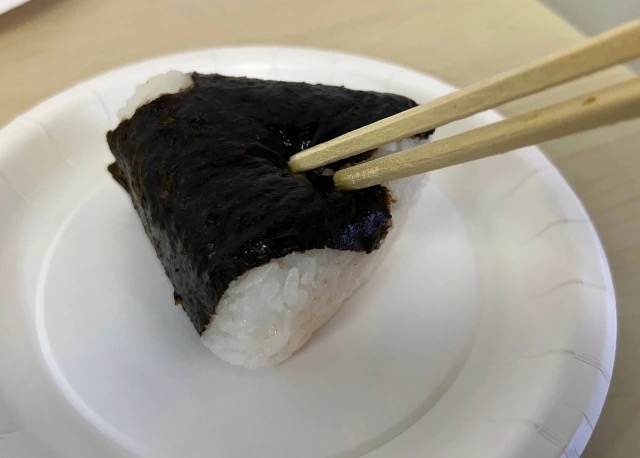
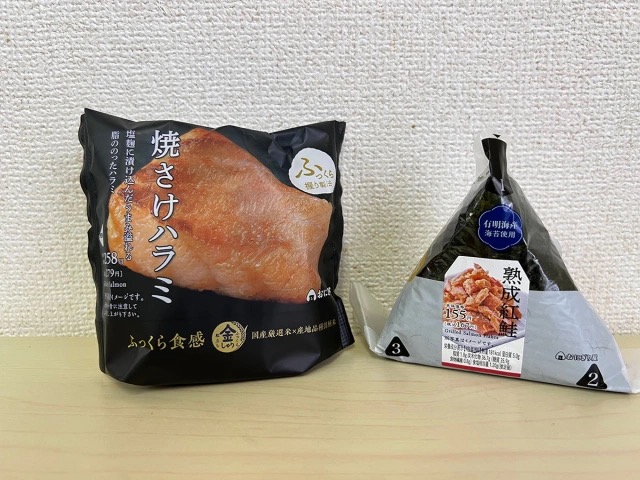
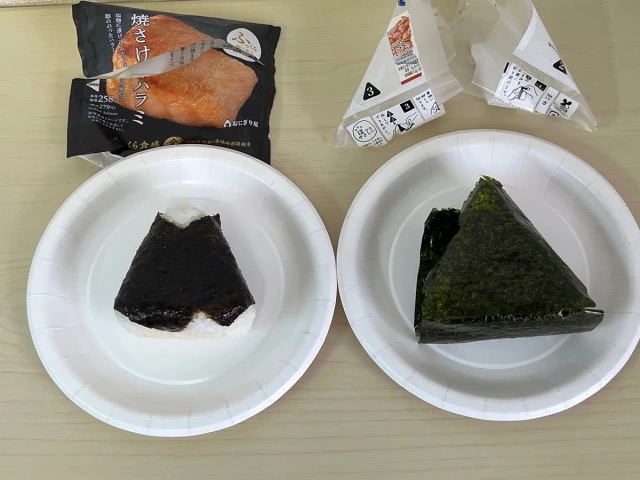
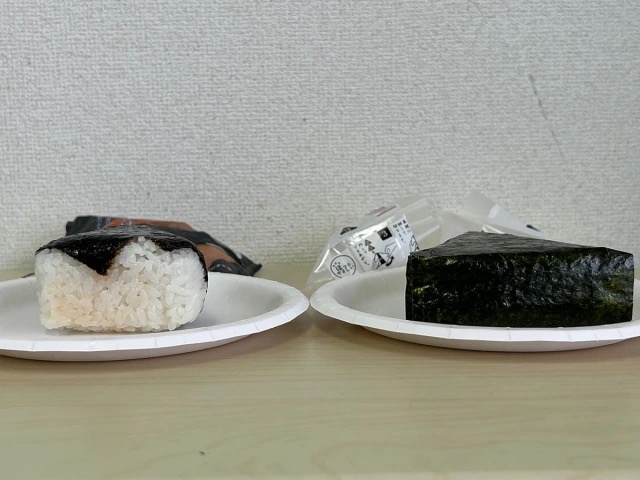
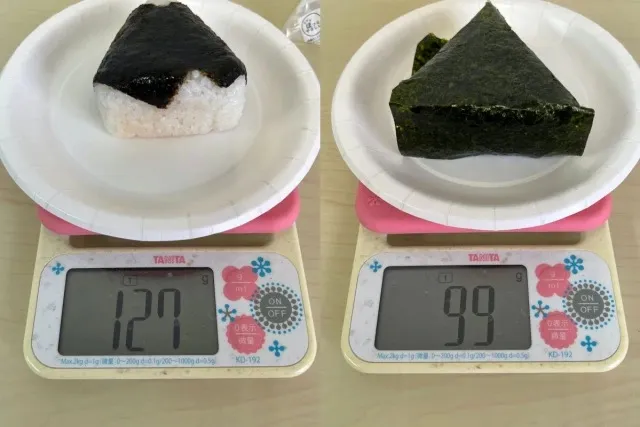
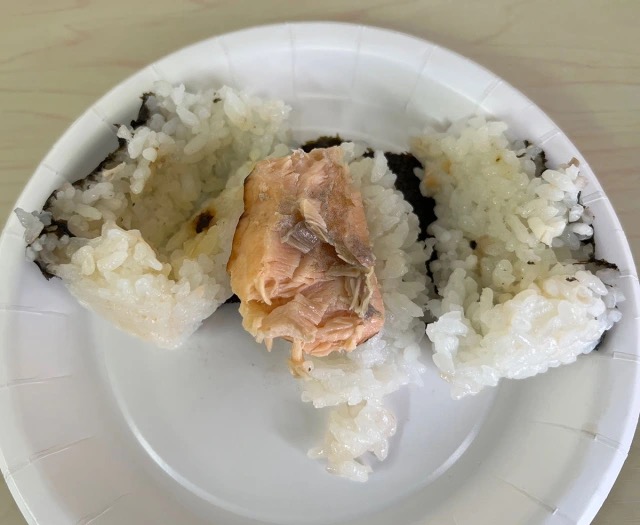
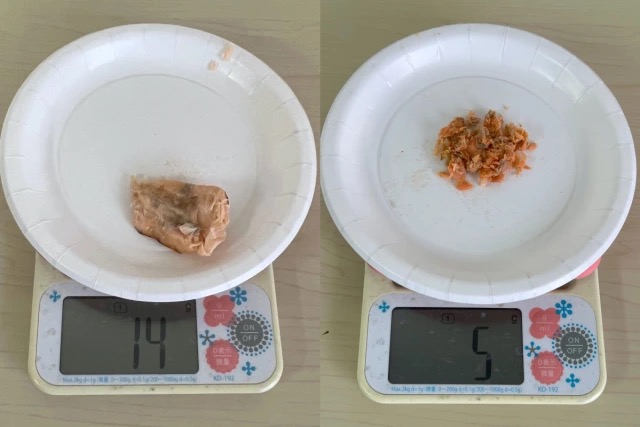
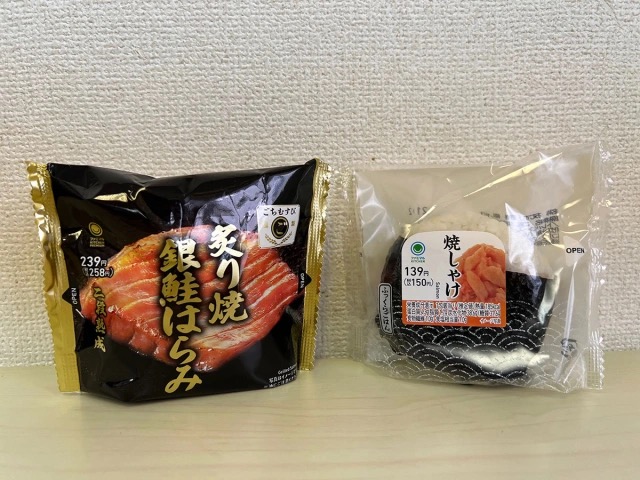
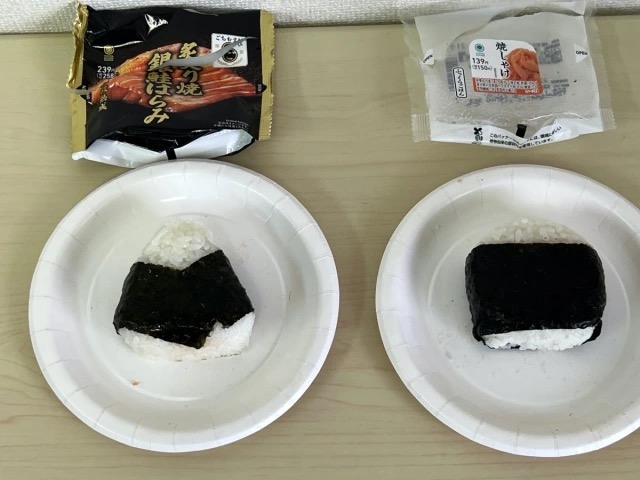
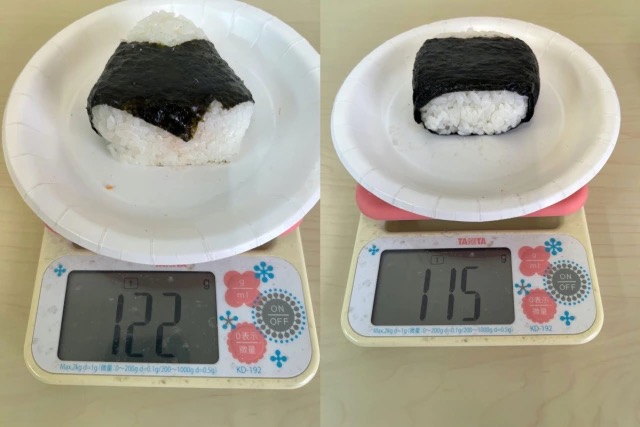
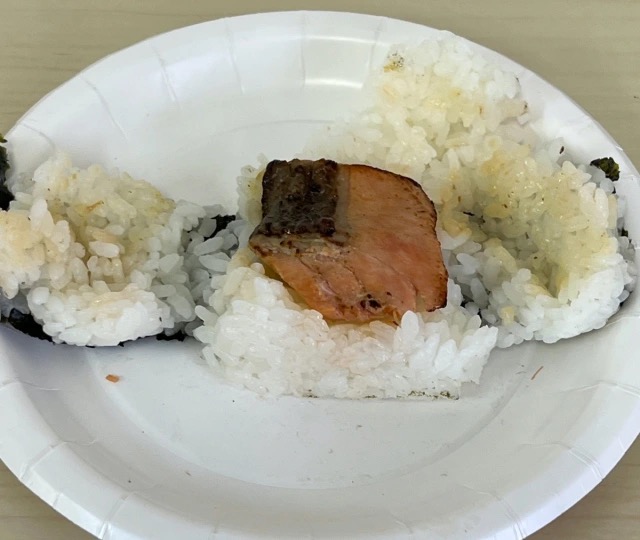
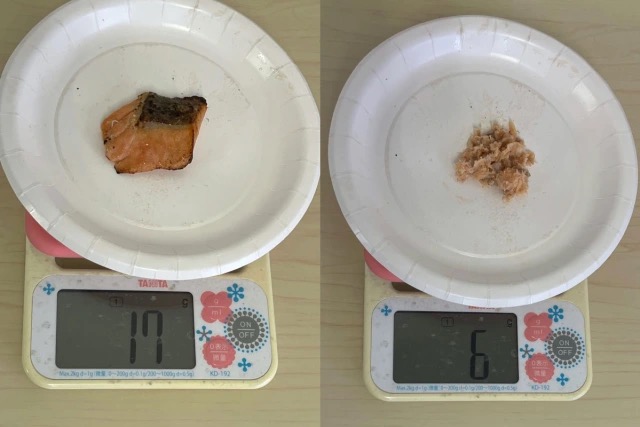
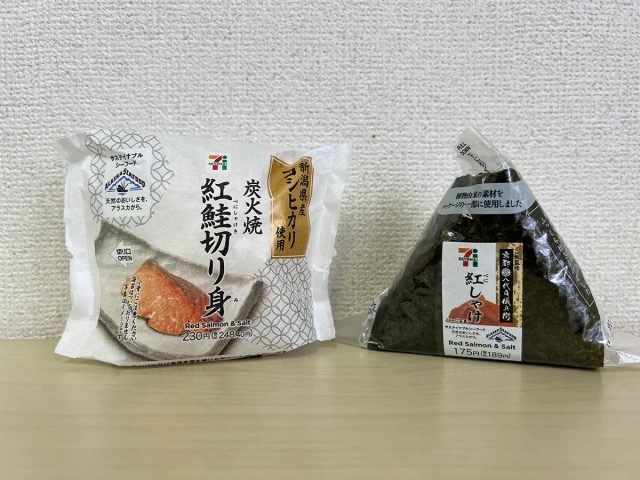
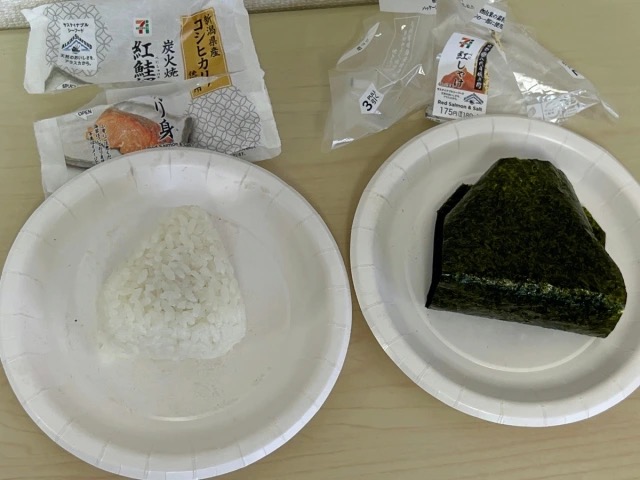
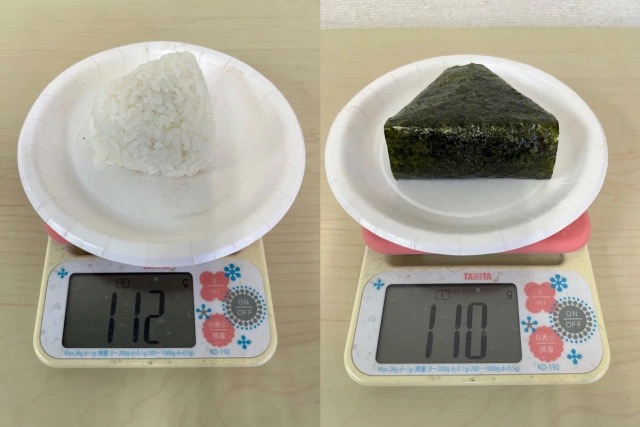
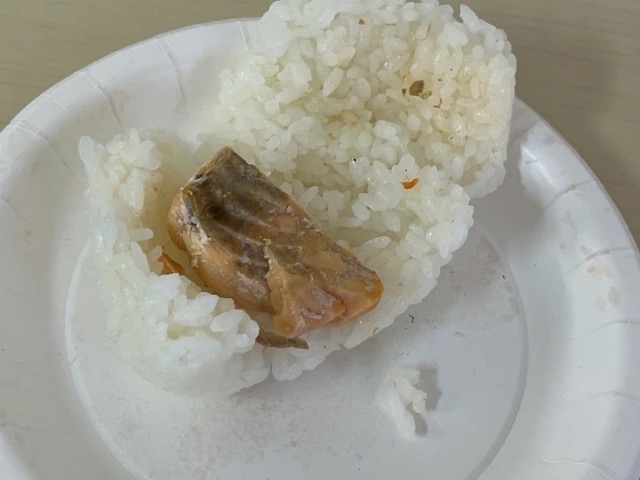
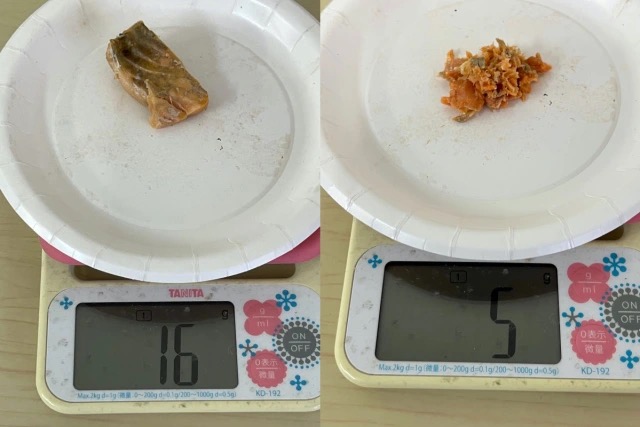
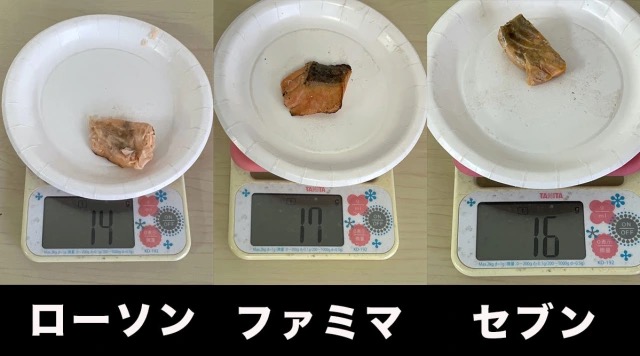
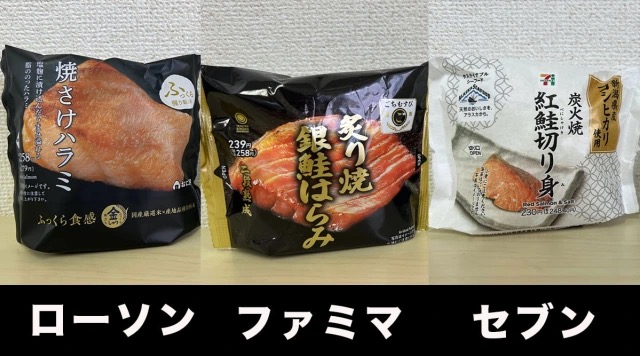
 Which Japanese convenience store sells the best onigiri rice balls?【Taste test】
Which Japanese convenience store sells the best onigiri rice balls?【Taste test】 In celebration of Onigiri Day, we compare rice balls from three different convenience stores
In celebration of Onigiri Day, we compare rice balls from three different convenience stores The surprising semi-secret ingredient in many Japanese convenience store rice balls: oil
The surprising semi-secret ingredient in many Japanese convenience store rice balls: oil Which Japanese convenience store has the best plain onigiri rice balls?
Which Japanese convenience store has the best plain onigiri rice balls? Survey ranks convenience store rice balls – salmon, sea-dwelling poultry & plants steal the show
Survey ranks convenience store rice balls – salmon, sea-dwelling poultry & plants steal the show Foreigner’s request for help in Tokyo makes us sad for the state of society
Foreigner’s request for help in Tokyo makes us sad for the state of society Seaside scenery, history, and so many desserts on Yokohama’s Akai Kutsu【Japan Loop Buses】
Seaside scenery, history, and so many desserts on Yokohama’s Akai Kutsu【Japan Loop Buses】 Japanese city loses residents’ personal data, which was on paper being transported on a windy day
Japanese city loses residents’ personal data, which was on paper being transported on a windy day Mikado Coffee is a 76-year-old coffee chain with a major celebrity connection
Mikado Coffee is a 76-year-old coffee chain with a major celebrity connection Akihabara pop-up shop sells goods made by Japanese prison inmates
Akihabara pop-up shop sells goods made by Japanese prison inmates Red light district sushi restaurant in Tokyo shows us just how wrong we were about it
Red light district sushi restaurant in Tokyo shows us just how wrong we were about it Now you can cuddle both cats and lovable robots at new Lovot store in a Kawasaki pet store
Now you can cuddle both cats and lovable robots at new Lovot store in a Kawasaki pet store Suntory x Super Mario collaboration creates a clever way to transform into Mario【Videos】
Suntory x Super Mario collaboration creates a clever way to transform into Mario【Videos】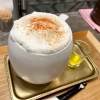 Cappuccino Ramen becomes super popular in Japan, but is it worth the hype?
Cappuccino Ramen becomes super popular in Japan, but is it worth the hype?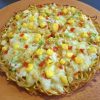 Is ramen pizza just crazy enough to work? Japanese restaurant’s unusual menu lets us find out
Is ramen pizza just crazy enough to work? Japanese restaurant’s unusual menu lets us find out McDonald’s new Happy Meals offer up cute and practical Sanrio lifestyle goods
McDonald’s new Happy Meals offer up cute and practical Sanrio lifestyle goods Japanese ramen restaurants under pressure from new yen banknotes
Japanese ramen restaurants under pressure from new yen banknotes French Fries Bread in Tokyo’s Shibuya becomes a hit on social media
French Fries Bread in Tokyo’s Shibuya becomes a hit on social media Studio Ghibli releases new action figures featuring Nausicaä of the Valley of the Wind characters
Studio Ghibli releases new action figures featuring Nausicaä of the Valley of the Wind characters New private rooms on Tokaido Shinkansen change the way we travel from Tokyo to Kyoto
New private rooms on Tokaido Shinkansen change the way we travel from Tokyo to Kyoto Tokyo Tsukiji fish market site to be redeveloped with 50,000-seat stadium, hotel, shopping center
Tokyo Tsukiji fish market site to be redeveloped with 50,000-seat stadium, hotel, shopping center Beautiful Ghibli sealing wax kits let you create accessories and elegant letter decorations【Pics】
Beautiful Ghibli sealing wax kits let you create accessories and elegant letter decorations【Pics】 Studio Ghibli releases Kiki’s Delivery Service chocolate cake pouches in Japan
Studio Ghibli releases Kiki’s Delivery Service chocolate cake pouches in Japan New definition of “Japanese whiskey” goes into effect to prevent fakes from fooling overseas buyers
New definition of “Japanese whiskey” goes into effect to prevent fakes from fooling overseas buyers Our Japanese reporter visits Costco in the U.S., finds super American and very Japanese things
Our Japanese reporter visits Costco in the U.S., finds super American and very Japanese things All-you-can-drink Starbucks and amazing views part of Tokyo’s new 170 meter-high sky lounge
All-you-can-drink Starbucks and amazing views part of Tokyo’s new 170 meter-high sky lounge More foreign tourists than ever before in history visited Japan last month
More foreign tourists than ever before in history visited Japan last month New Pokémon cakes let you eat your way through Pikachu and all the Eevee evolutions
New Pokémon cakes let you eat your way through Pikachu and all the Eevee evolutions Disney princesses get official manga makeovers for Manga Princess Cafe opening in Tokyo
Disney princesses get official manga makeovers for Manga Princess Cafe opening in Tokyo Sales of Japan’s most convenient train ticket/shopping payment cards suspended indefinitely
Sales of Japan’s most convenient train ticket/shopping payment cards suspended indefinitely Sold-out Studio Ghibli desktop humidifiers are back so Totoro can help you through the dry season
Sold-out Studio Ghibli desktop humidifiers are back so Totoro can help you through the dry season Japanese government to make first change to romanization spelling rules since the 1950s
Japanese government to make first change to romanization spelling rules since the 1950s Ghibli founders Toshio Suzuki and Hayao Miyazaki contribute to Japanese whisky Totoro label design
Ghibli founders Toshio Suzuki and Hayao Miyazaki contribute to Japanese whisky Totoro label design Doraemon found buried at sea as scene from 1993 anime becomes real life【Photos】
Doraemon found buried at sea as scene from 1993 anime becomes real life【Photos】 Tokyo’s most famous Starbucks is closed
Tokyo’s most famous Starbucks is closed One Piece characters’ nationalities revealed, but fans have mixed opinions
One Piece characters’ nationalities revealed, but fans have mixed opinions We asked a Uniqlo employee what four things we should buy and their suggestions didn’t disappoint
We asked a Uniqlo employee what four things we should buy and their suggestions didn’t disappoint Princesses, fruits, and blacksmiths: Study reveals the 30 most unusual family names in Japan
Princesses, fruits, and blacksmiths: Study reveals the 30 most unusual family names in Japan Onikun: Epic onigiri so big they’re half demon, half rice ball
Onikun: Epic onigiri so big they’re half demon, half rice ball Sushi and onigiri rice balls get a new look with rollable furikake
Sushi and onigiri rice balls get a new look with rollable furikake The best-selling rice ball at Family Mart is…SPAM onigiri?
The best-selling rice ball at Family Mart is…SPAM onigiri? Bizarre or brilliant? Takoyaki and okonomiyaki rice balls available in convenience stores now
Bizarre or brilliant? Takoyaki and okonomiyaki rice balls available in convenience stores now This USB device exists solely to warm up rice balls, and honestly, it does a great job
This USB device exists solely to warm up rice balls, and honestly, it does a great job Gyoza rice balls are here, and everyone agrees they look awesome, but are they? 【Taste Test】
Gyoza rice balls are here, and everyone agrees they look awesome, but are they? 【Taste Test】 Japanese convenience store showdown – Who’s got the best ikura rice balls?【Taste test】
Japanese convenience store showdown – Who’s got the best ikura rice balls?【Taste test】 Should you warm up your convenience store onigiri rice balls in the microwave?【Taste test】
Should you warm up your convenience store onigiri rice balls in the microwave?【Taste test】 Former sushi chef serves onigiri rice balls for breakfast at new morning restaurant in Japan
Former sushi chef serves onigiri rice balls for breakfast at new morning restaurant in Japan Which Japanese convenience store sells the best beef stew?【Taste test】
Which Japanese convenience store sells the best beef stew?【Taste test】 Attack on Titan rice ball is as titanic as the Japanese anime
Attack on Titan rice ball is as titanic as the Japanese anime This sushi restaurant’s take-home temakizushi set is insanely satisfying for a great price
This sushi restaurant’s take-home temakizushi set is insanely satisfying for a great price Onigiri Bread from Japanese convenience store chain changes everything we know about rice balls
Onigiri Bread from Japanese convenience store chain changes everything we know about rice balls How much more expensive is it to use microwave rice packs instead of cooking/freezing your own?
How much more expensive is it to use microwave rice packs instead of cooking/freezing your own? Less than half of Japanese people OK with bare hand-pressed rice balls, survey says, but why?
Less than half of Japanese people OK with bare hand-pressed rice balls, survey says, but why? Japan’s big eats just got even bigger at this little-known cafe
Japan’s big eats just got even bigger at this little-known cafe
Leave a Reply